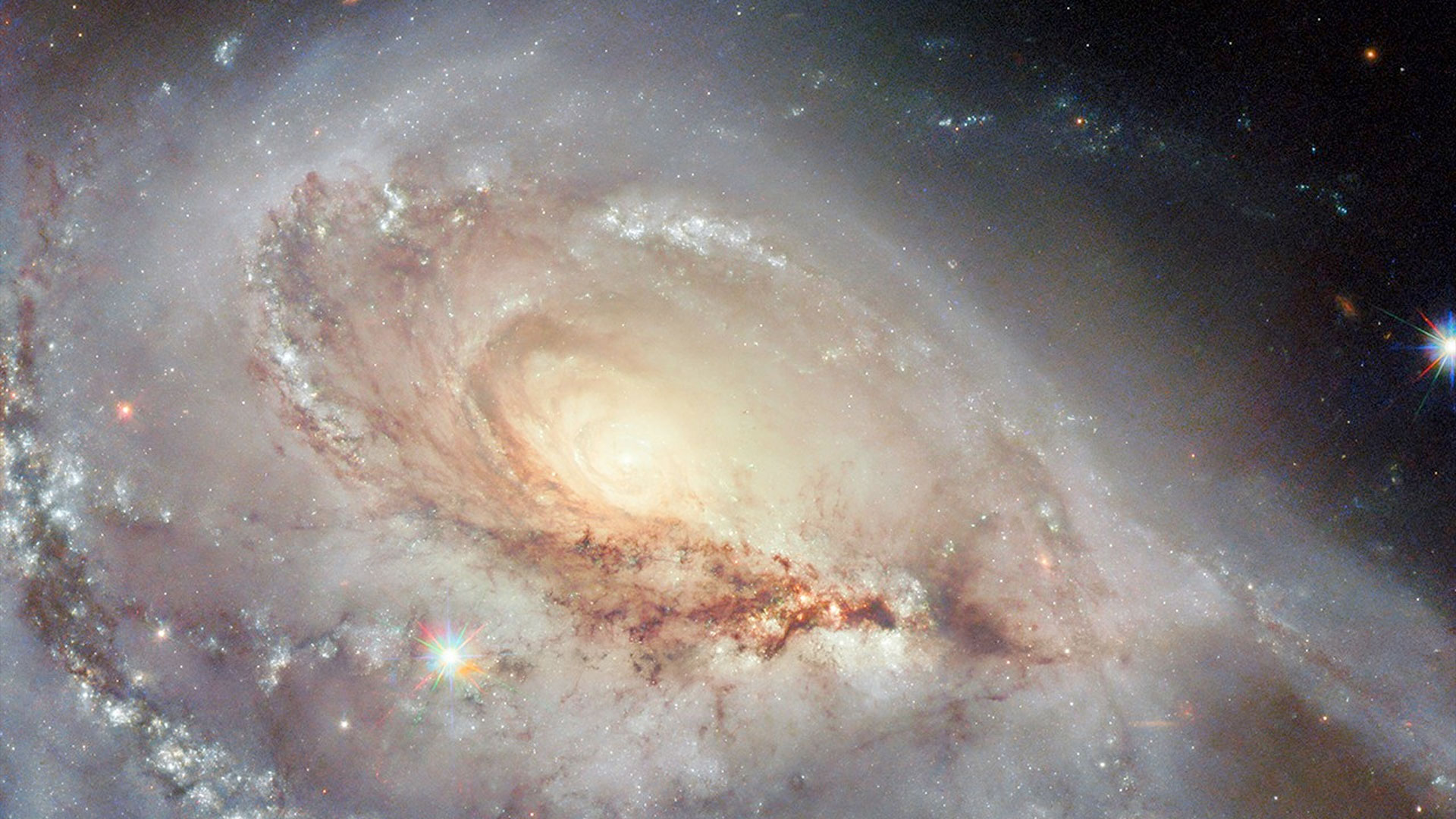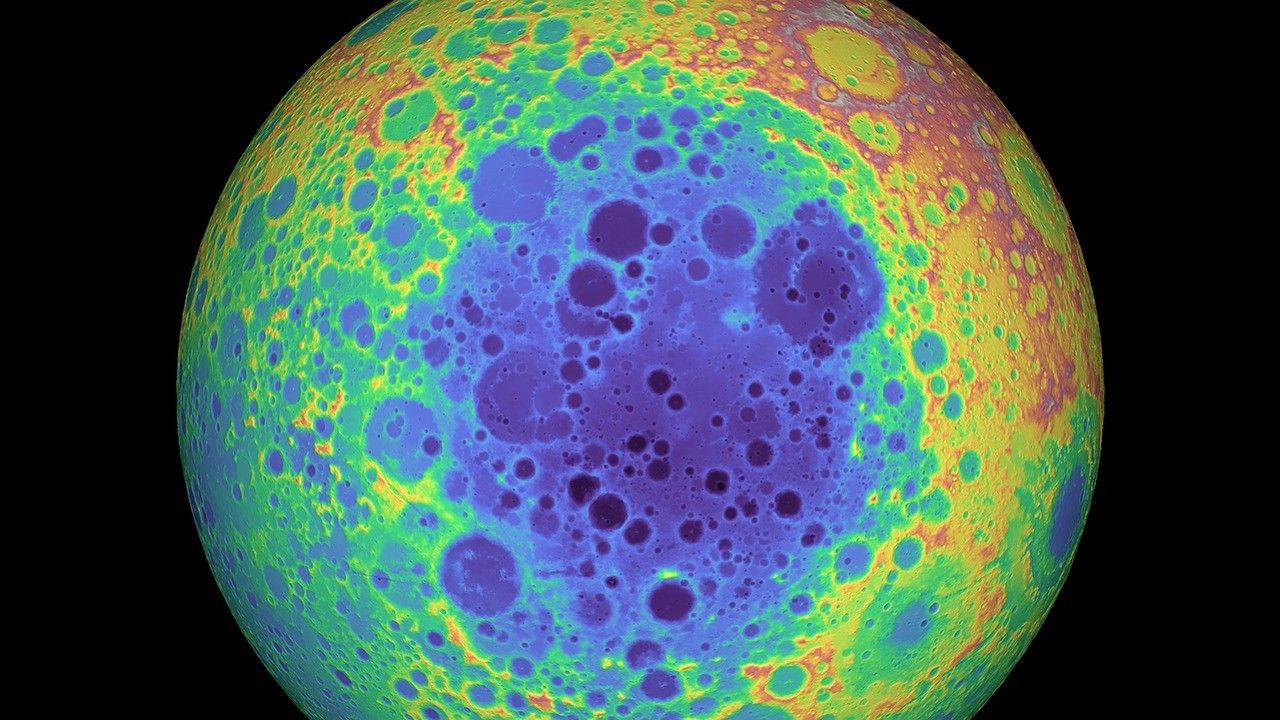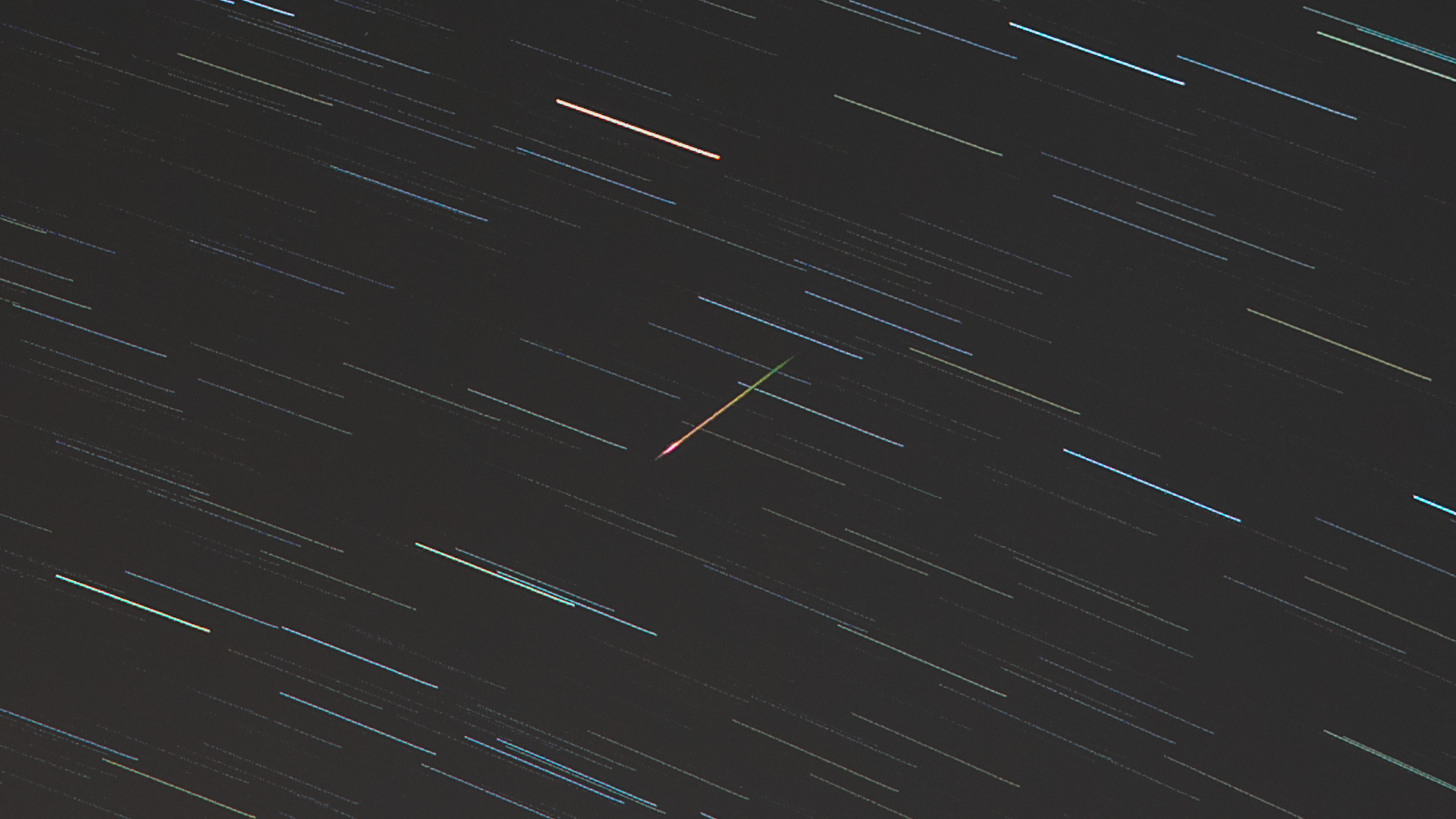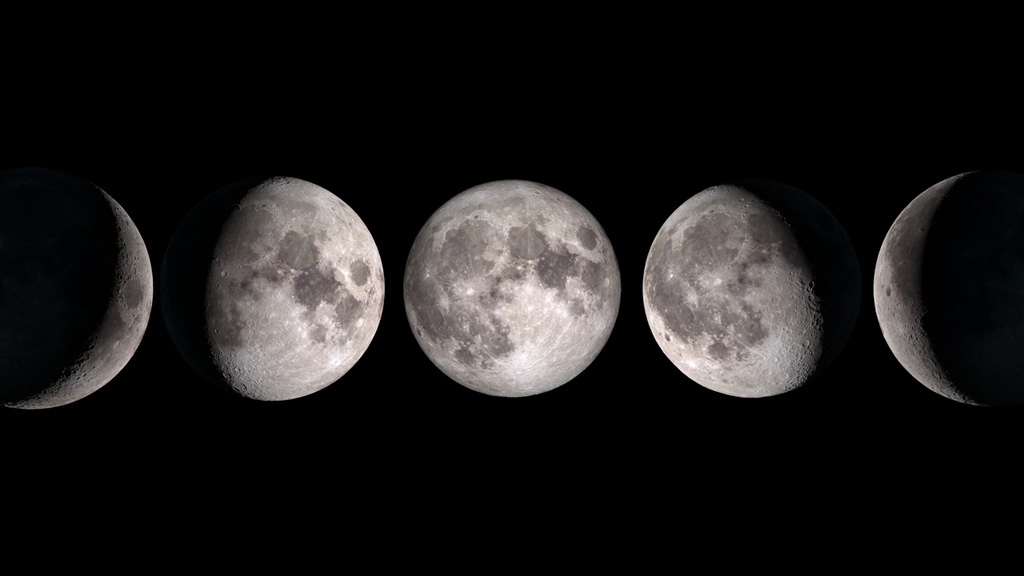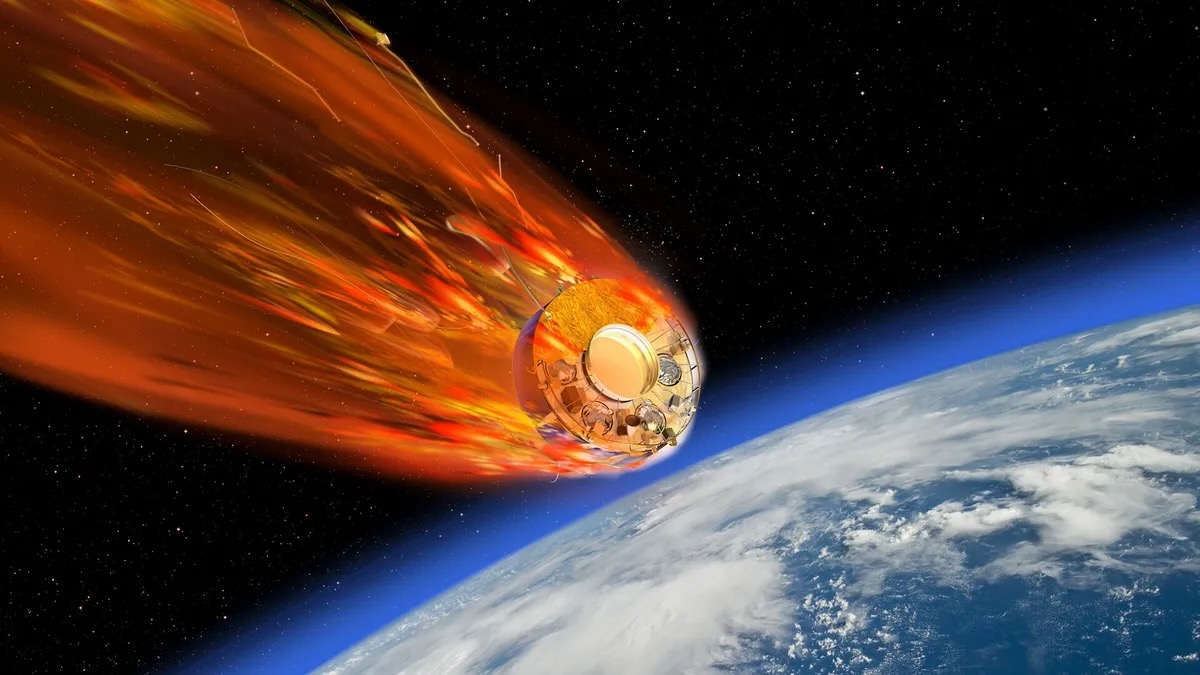Sending Even a Tiny Message Through a Black Hole Would Make It Evaporate
Sending a carrier pigeon across the cosmos would probably be a more reliable way to send a message.
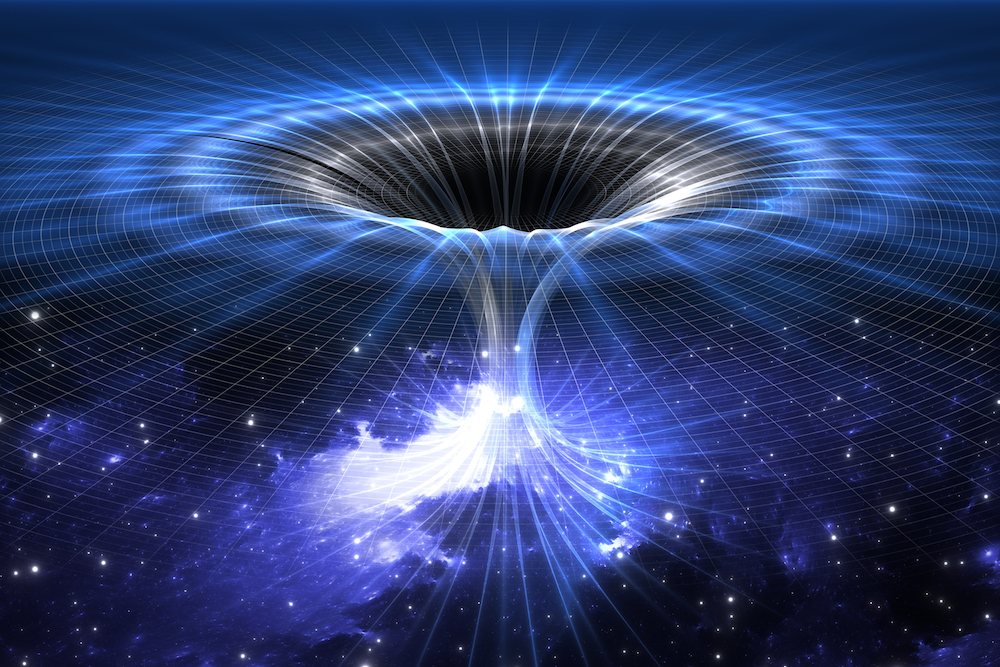
If you want to send a message through a wormhole, you better make it brief.
Under certain circumstances, a message could be passed through a theoretical wormhole connecting black holes in different universes, physicists have found in a new study. Unfortunately, their results show that only a tiny amount of information (measured in quantum bits, or qubits) could be exchanged.
"In our specific setup, we found disappointing results in the sense that it's only on the order of one or two qubits, or a few bits of information, that you can send through the wormhole," Sam van Leuven, co-author of the new paper and a researcher at the University of the Witwatersrand in Johannesburg, told Live Science.
Typically, if you were to send something into a black hole, it would end up in the center, at an infinitely dense point known as the singularity, never to return to its previous life. But if a black hole were connected to another black hole through a wormhole and the trajectory of the message were just right, it could, theoretically, cross through and exit on the other side of that wormhole — which could be in an alternate universe.
Related: 9 Ideas About Black Holes That Will Blow Your Mind
Doing this requires that both universes and the connected black hole have a certain kind of physics and geometry. For instance, the traversable wormhole would be possible only when space-time had a negative curvature. That means you can visualize space-time as an enormous saddle, where if two creatures tried to walk in parallel paths, they would actually be moving away from each other.
Scientists have known that, in theory, this specific universe setup allows information to pass via wormholes, and they previously made some estimates to determine just how much information could travel in this way.
Get the Space.com Newsletter
Breaking space news, the latest updates on rocket launches, skywatching events and more!
"We know now from [previous studies] that this process is analogous to quantum teleportation … but there are limits on how much info can be sent," said Aron Wall, a researcher in the Department of Applied Mathematics and Theoretical Physics at the University of Cambridge who was not involved in the new study. (In quantum teleportation, information can be almost instantaneously sent across vast distances using particles that were quantum entangled, meaning their states are linked no matter the distance that separates them.)
In the new research, Van Leuven and his colleagues studied the traversable wormhole using the geometry of space-time as described by Albert Einstein's theory of general relativity. The math used to describe the scenario was done in a two-dimensional universe for simplicity, but it should also hold true for a 3D universe, like our own.
The results showed that only a few bits of information could be passed through the wormhole at a time — less than other methods had found. They also found that sending messages through the wormhole would change the black holes. The sending black hole would increase in mass, and the receiving black hole would decrease in mass, with each message sent. With the first message, the receiving black hole would lose about 30% of its mass, and over subsequent messages, the black hole would disappear. Additionally, each subsequent message would decrease in size, such that the message would eventually hold no information.
Van Leuven and other scientists are continuing to study a wide range of setups and rules, both similar and dissimilar to those of our own universe, that might allow the transmission of more information. Currently, such wormholes and connected black holes are entirely theoretical, but scientists think it's not wholly impossible that they could be created or manipulated by some kind of advanced civilization.
"We are trying to find generalizations of our setup that would allow for more information [to be transmitted], but that's a work in progress," Van Leuven told Live Science. "But there will always be a limit. It will not be an infinite amount of information that you can send without destroying the wormhole.”
The study was posted online July 29 in the preprint journal arXiv and was submitted to the Journal of High Energy Physics.
- The 7 Silliest Time Travel Concepts in Science Fiction
- Science Fact or Fiction? The Plausibility of 10 Sci-Fi Concepts
- 8 Ways You Can See Einstein's Theory of Relativity in Real Life
Originally published on Live Science.
Join our Space Forums to keep talking space on the latest missions, night sky and more! And if you have a news tip, correction or comment, let us know at: community@space.com.

Mara Johnson-Groh is a contributing writer for Live Science. She writes about everything under the sun, and even things beyond it, for a variety of publications including Discover, Science News, Scientific American, Eos and more, and is also a science writer for NASA. Mara has a bachelor's degree in physics and Scandinavian studies from Gustavus Adolphus College in Minnesota and a master's degree in astronomy from the University of Victoria in Canada.




